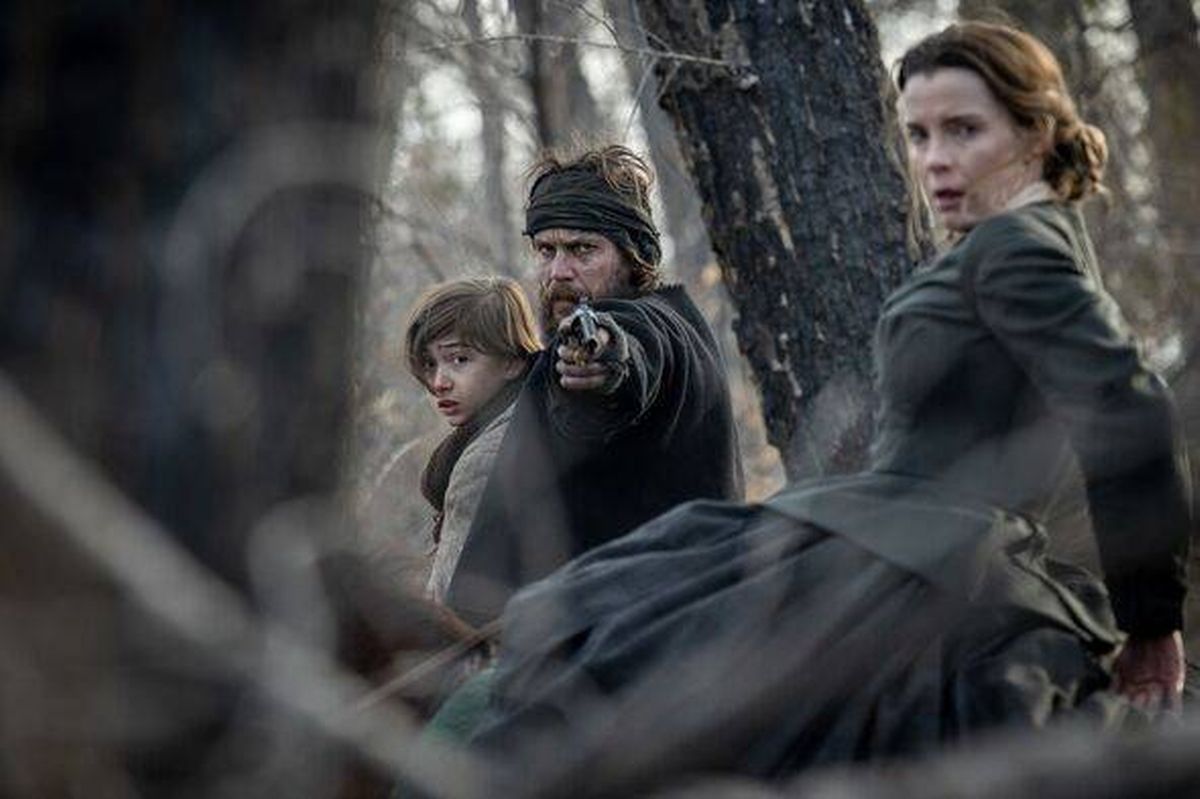Netflix’s American Primeval launched in January 2025, but BBC’s 2022 western series The English starring Emily Blunt is being hailed as the superior show
Three recent TV western series tower above the rest. The latest arrival is American Primeval, which landed on Netflix at the start of this year. The series delivers an unflinchingly realistic and brutal portrayal of existence on Utah’s lawless frontier, following a mother and child fighting for survival.
Their trek brings them face-to-face with settlers living by their own code, indigenous peoples protecting their territories, and Brigham Young’s Mormon militia. The unrelenting brutality stands in sharp opposition to the sanitised portrayals of the Wild West seen in 1990s pictures such as Tombstone and Dances With Wolves.
Yet it isn’t simply violence for its own sake. It features outstanding performances and centres its narrative on the Mountain Meadows Massacre, a grotesque and shameful chapter in American history that was probably unfamiliar to most viewers before this series.
Audiences have hailed the programme as “absolutely phenomenal” and “raw and unflinching”, whilst Empire magazine characterised it as “a raw, bloody odyssey that will pierce your skull like a hatchet flung face-first”, noting: “Nostalgia has been stripped away completely, scalped in favour of a grimy, far more authentic journey that takes us back to how the so-called land of the free really came to be.”
The Guardian offered a more critical view, branding it a “samey western that’s far less clever than it thinks it is”. I dispute that verdict.
Godless
If you were gripped by American Primeval, there’s another Western miniseries that many reckon is even better. Godless, a Netflix original released in 2017, shares the Old West setting and intense violence of American Primeval, but offers a unique twist. Godless spins a classic tale of revenge. Jeff Daniels portrays crime boss Frank Griffin, who, along with his band of outlaws, is on the hunt for Roy Goode, a former member who betrayed them.
As Roy flees from his past, he ends up in a secluded New Mexico mining town predominantly inhabited by women. His arrival lures Griffin’s deadly gang to the town, forcing the residents to stand their ground.
The series was lauded as a “work of confident artistry”, an “unrelentingly brilliant” and “clandestinely old-fashioned mash-up of all the great Westerns you ever knew and loved”. It also bagged three Primetime Emmy Awards.
The English
But there’s another modern western TV series that trumps them both. The English, a BBC production that flew somewhat under the radar upon its 2022 release, stars Emily Blunt, Chaske Spencer, and Rafe Spall. Set in 1890, it follows Lady Cornelia Locke (Blunt) who journeys from England to the American west seeking vengeance against the man she holds responsible for her son’s death.
Whilst it rivals both American Primeval and Godless in terms of its grim portrayal of the Old West, the series also shines a light on another disturbing element of 19th-century existence that seldom appears on our screens: syphilis and the devastating toll it takes on the body. The show also presents one of the most chilling figures in recent memory: Black-Eyed Mog, a bonnet-clad, spectacle-wearing Welsh matriarch who presides over a brutal clan controlling the plains from their fortified stronghold.
Critics awarded it five stars, praising a script “as gorgeous as the landscape”, which “evokes the pitilessness of the old west” and poses the question of “how many of us would remain sane, and morally sound, in a lawless land where – for hundreds of miles at a time – no one could hear you, or anyone who got in your way, scream”.



